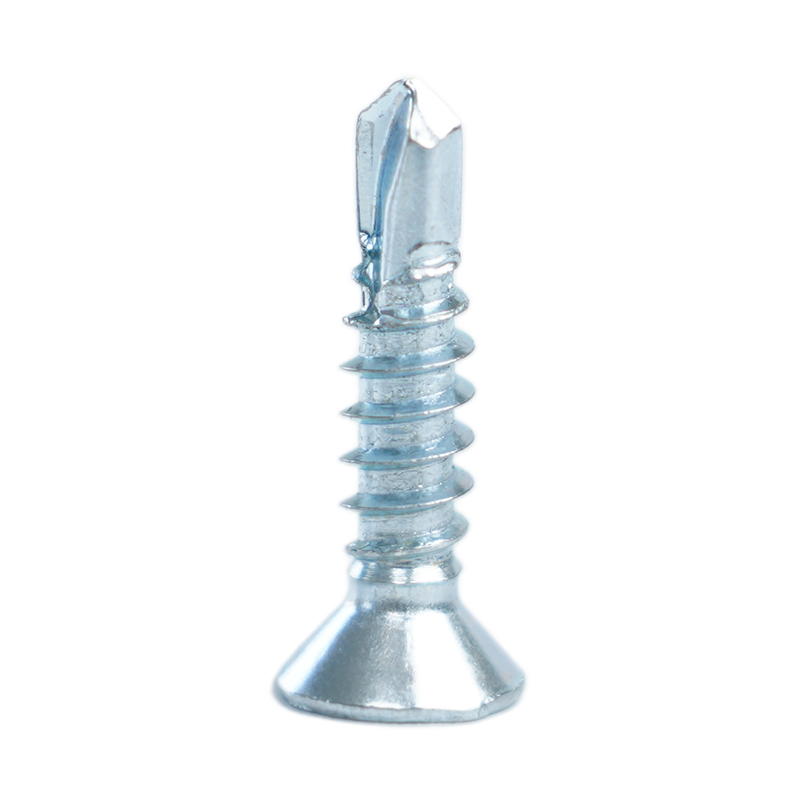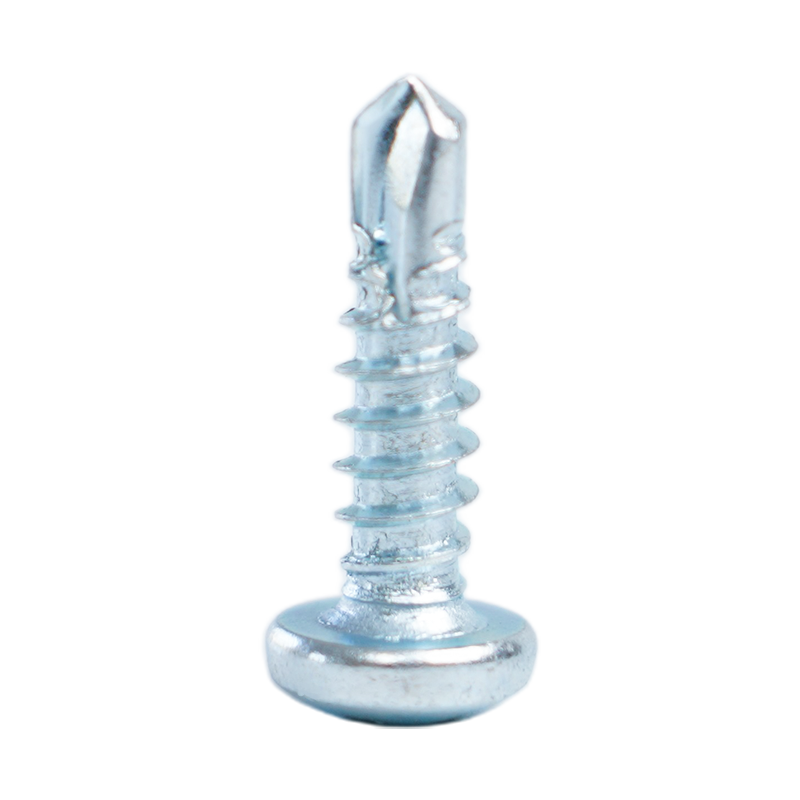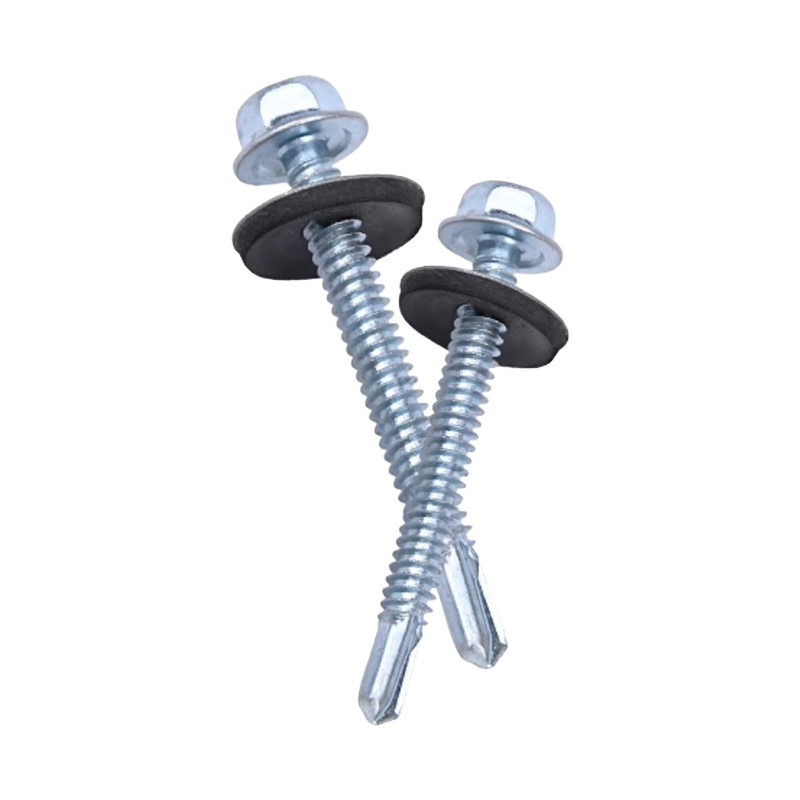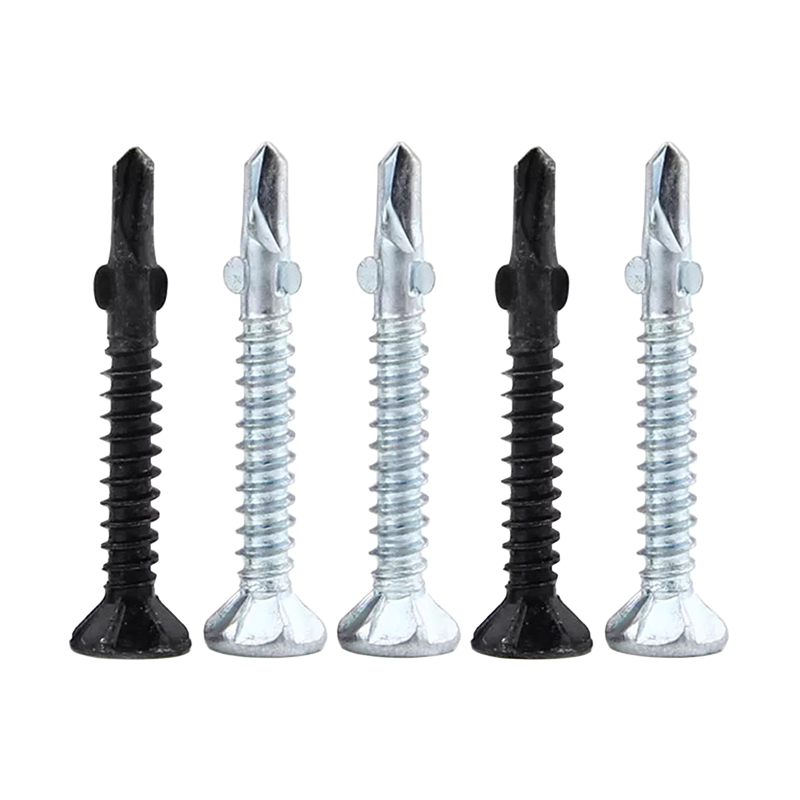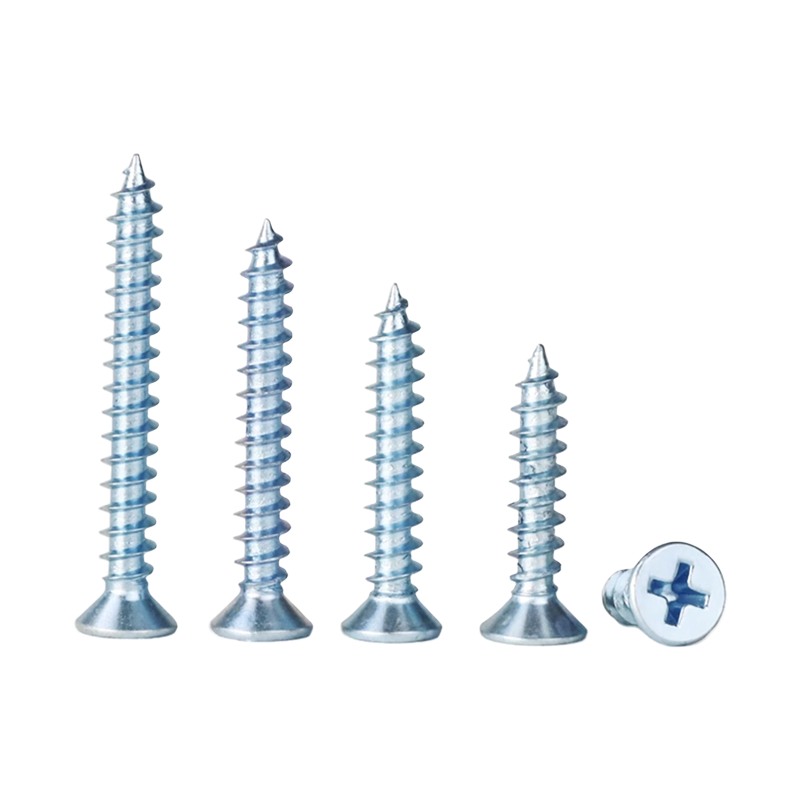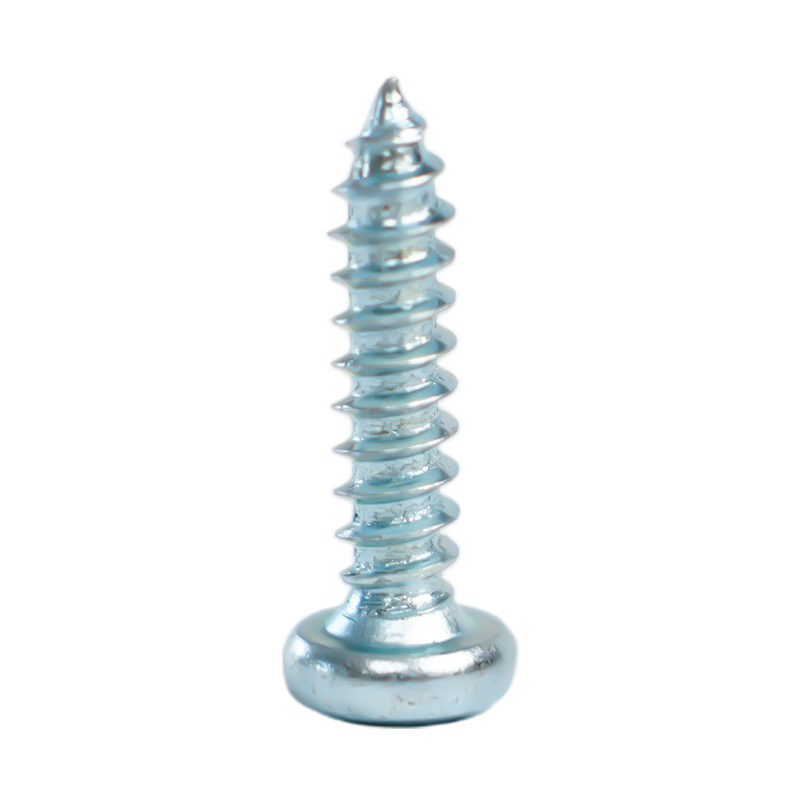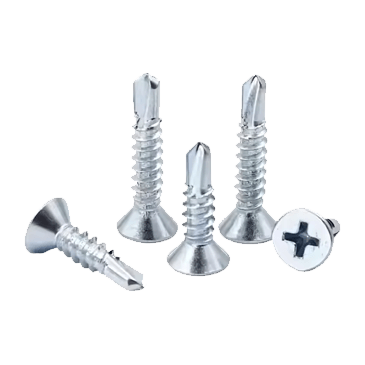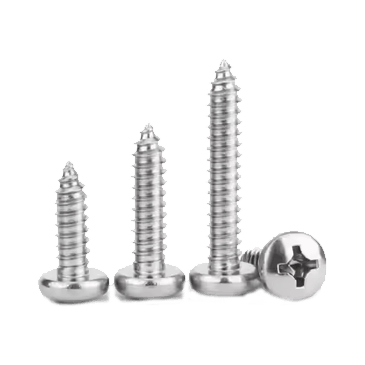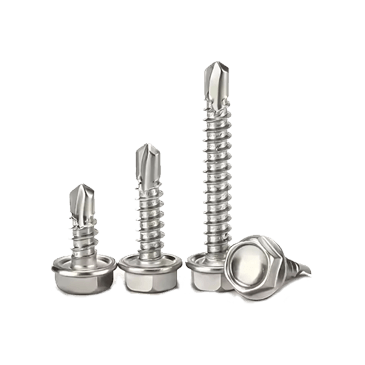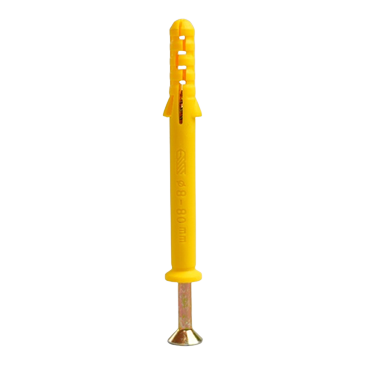1. Best Wood Screws for Hardwood: Strength and Compatibility
When working with hardwood such as oak, maple, or walnut, selecting the right wood screw is crucial to ensure a strong and lasting hold. Hardwoods are denser and more resistant to splitting, which means standard screws may not perform as effectively.
Key Considerations for Hardwood Applications
Material Strength: Hardwoods require screws made from high-grade steel or stainless steel to prevent bending or breaking during installation.
Thread Design: Coarse threads provide better grip in dense wood, while fine threads may strip more easily.
Head Type: Countersunk heads are ideal for flush finishes, whereas pan heads offer more surface contact for heavy-duty joints.
Common Pitfalls and How to Avoid Them
Splitting the Wood: Pre-drilling pilot holes is essential, especially near the edges of hardwood planks.
Corrosion Risks: If the project is exposed to moisture, opting for coated screws can extend longevity.
Why Choosing the Right Screw Matters
Using the best wood screws for hardwood ensures structural integrity and reduces the likelihood of joint failure over time. Whether you're crafting furniture or installing hardwood flooring, understanding these factors will lead to better results.
2. How to Choose Wood Screw Size for Your Project
Selecting the correct screw size is a fundamental aspect of woodworking that influences both aesthetics and durability. A mismatch in length or diameter can lead to weak joints or visible damage.
Understanding Screw Sizing Standards
Diameter (#6, #8, #10, etc.): Thicker screws provide greater holding power but require larger pilot holes.
Length: The screw should penetrate at least two-thirds into the second piece of wood for optimal grip.
Shank Design: Partially threaded screws allow for tighter clamping, while fully threaded screws distribute stress more evenly.
Practical Guidelines for Different Projects
Furniture Building: Smaller screws (#6 to #8) work well for delicate joints, while larger screws (#10 to #12) are better for load-bearing structures.
Deck Construction: Longer screws (2.5" to 3.5") are necessary to secure thick planks without compromising stability.
Mistakes to Avoid
Using Screws That Are Too Long: This can cause protrusion or weaken the joint by reducing thread engagement.
Ignoring Pilot Holes: Skipping this step increases the risk of splitting, especially in hardwoods.
By following these principles, you can confidently determine how to choose wood screw size for project needs, ensuring both strength and precision in your work.
3. Coated vs. Uncoated Wood Screws: Evaluating Durability
The debate between coated and uncoated wood screws centers on longevity and environmental resistance. Each type has distinct advantages depending on the application.
Types of Coatings and Their Benefits
Zinc Plating: Offers basic rust resistance, suitable for indoor use.
Ceramic or Polymer Coatings: Provide enhanced moisture protection, ideal for outdoor projects.
Stainless Steel: Naturally corrosion-resistant but more expensive.
Performance in Different Environments
Indoor Use: Uncoated screws are often sufficient unless high humidity is a factor.
Outdoor Use: Coated screws significantly outperform uncoated ones in wet or salty conditions.
Long-Term Durability Comparison
Rust Formation: Uncoated screws may corrode within months in damp environments, while coated screws last years.
Cost vs. Lifespan: Although coated screws are pricier upfront, their extended lifespan often justifies the investment.
Understanding the differences between coated vs uncoated wood screws durability helps in making an informed choice based on project requirements and environmental exposure.
4. Wood Screw Pilot Hole Size Chart: Precision Drilling Guide
Pre-drilling pilot holes is a critical step to prevent wood splitting and ensure smooth screw insertion. The correct hole size varies depending on wood density and screw dimensions.
Recommended Drill Bit Sizes
| Screw Size | Softwood Pilot Hole | Hardwood Pilot Hole |
|---|---|---|
| #6 | 1/16" | 5/64" |
| #8 | 3/32" | 7/64" |
| #10 | 7/64" | 1/8" |
Advanced Techniques for Delicate Wood
Countersinking: Creates a recess for the screw head, allowing a flush finish.
Stepped Drilling: Using multiple bit sizes to reduce stress in hardwood.
Common Errors and Fixes
Hole Too Large: The screw may not grip properly; use a toothpick and glue for a quick fix.
Hole Too Small: Increases splitting risk; gradually enlarge the hole if needed.
A well-prepared wood screw pilot hole size chart ensures clean, professional results in any woodworking project.
5. Self-Tapping Wood Screws for Outdoor Use: Advantages and Selection
Outdoor projects demand screws that can withstand weather while maintaining a secure hold. Self-tapping wood screws are a popular choice due to their ease of installation and resilience.
Key Features of Self-Tapping Screws
Sharp Threads: Cut their own path, eliminating the need for pre-drilling in softer woods.
Corrosion Resistance: Often coated or made from stainless steel for outdoor longevity.
Best Applications
Decking: Their strong grip prevents loosening due to temperature changes.
Fencing: Resistant to moisture-related wear and tear.
Installation Tips
Avoid Over-Tightening: This can strip the wood or damage the screw threads.
Use with Pressure-Treated Wood: Ensure compatibility to prevent chemical reactions.
Choosing self-tapping wood screws for outdoor use guarantees durability and reduces installation time, making them ideal for exposed structures.
This comprehensive guide ensures that whether you're a DIY enthusiast or a professional carpenter, you'll have the knowledge to select and use wood screws effectively.

 +86-15052135118
+86-15052135118 

 Español
Español
 Get In Touch
Get In Touch


